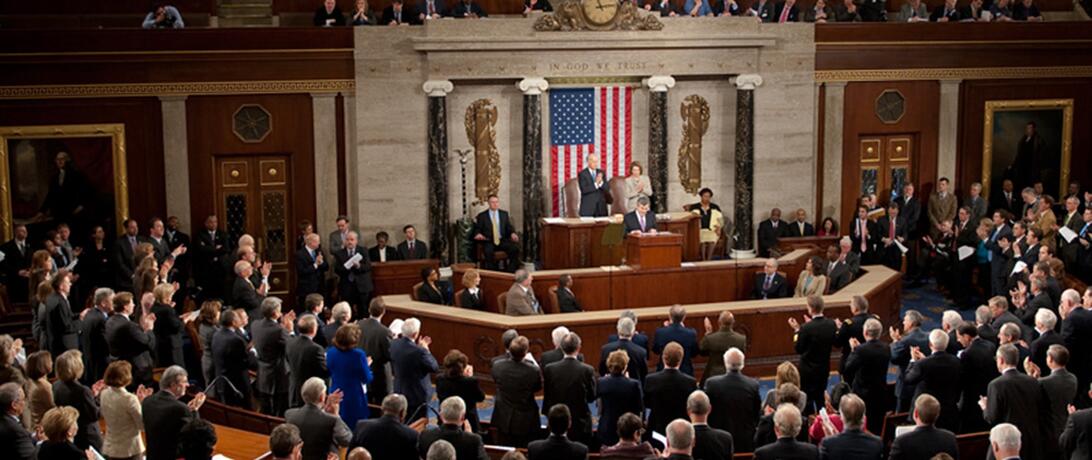
What are the national and international policy frameworks that shaped the U.S. Women, Peace, and Security Act of 2017 and the mandated WPS Strategy that followed? Our Secure Future partnered with some congressional offices to request the Congressional Research Service to illuminate these structures that supported this landmark change for U.S. foreign policy.
In June 2019, the White House released its long-awaited Whole-of-Government Women, Peace and Security Strategy to support the full implementation of the mandates within the Women, Peace, and Security Act of 2017 (WPS Act, P.L. 115-68). Some of those directives include supporting women’s peacebuilding organizations, the use of a gender perspective in U.S. policy and programs, and regular consultation with women grassroots leaders about policies and programs on the ground. This is a landmark change for foreign policy moving into the 21st century.
Significantly, both the 2017 U.S. legislation and the National Strategy on Women, Peace and Security of 2019 are grounded in national and international policy frameworks that can add to the architecture that already exists in the management of state-to-state relations. This includes addressing key drivers of conflict and the development of new policy options that can bolster international peace and security. Both the 2019 Whole-of-Government Strategy and the WPS Act find homes in previous U.S. legislation and executive orders which address gender equality in U.S. international relations and foreign-assistance policy agendas.
In order to illuminate the framework that this policy agenda is based on within the US context, Our Secure Future and some congressional offices partnered to request that the Congressional Research Service (CRS) address this in the report below by providing an overview of laws and policies in the U.S. that support the WPS agenda. The report demonstrates how the “Whole-of-Government” approach of the WPS Act and Strategy connect the various arms of these key foreign policy departments and agencies, and examines funding priorities which aim to promote a gender perspective in U.S. international relations efforts.
The report covers policies starting in 1973 with the Percy Amendment, which directs U.S. foreign assistance to give special attention to integrating women into national economies. It also examines legislation that impacts the evolution of the State Department’s Office of International Women’s Issues (IWI), now the Office of Global Women’s Issues (GWI), and the more current relevant provisions in the 2019 Foreign Operations Appropriations Act.
The Whole-of-Government strategy was required by and rests on the Women, Peace and Security Act of 2017. The WPS Act is the result of the dedication and hard work of many women-led civil society groups and peacebuilders to encourage the U.S. Congress to formally recognize the importance of women’s full participation and leadership in foreign affairs and national security matters. This unique legislation underscores the robust evidence that peace and security are both more achievable and sustainable when women are able to fully participate in decision-making processes.
We hope that you and your organization will find the short report informative and useful in your work. OSF is very grateful to our congressional supporters, the Congressional Research Service, and in particular to the authors of this memorandum for their outstanding work.
Read the full memo here.
Interested in learning more? Check our our blogs on the Elsie Initiative, the background of the WPS Act, and a deeper explanation of the WPS Act 2017.
Article Details
Published
Topic
Program
Content Type
Opinion & Insights